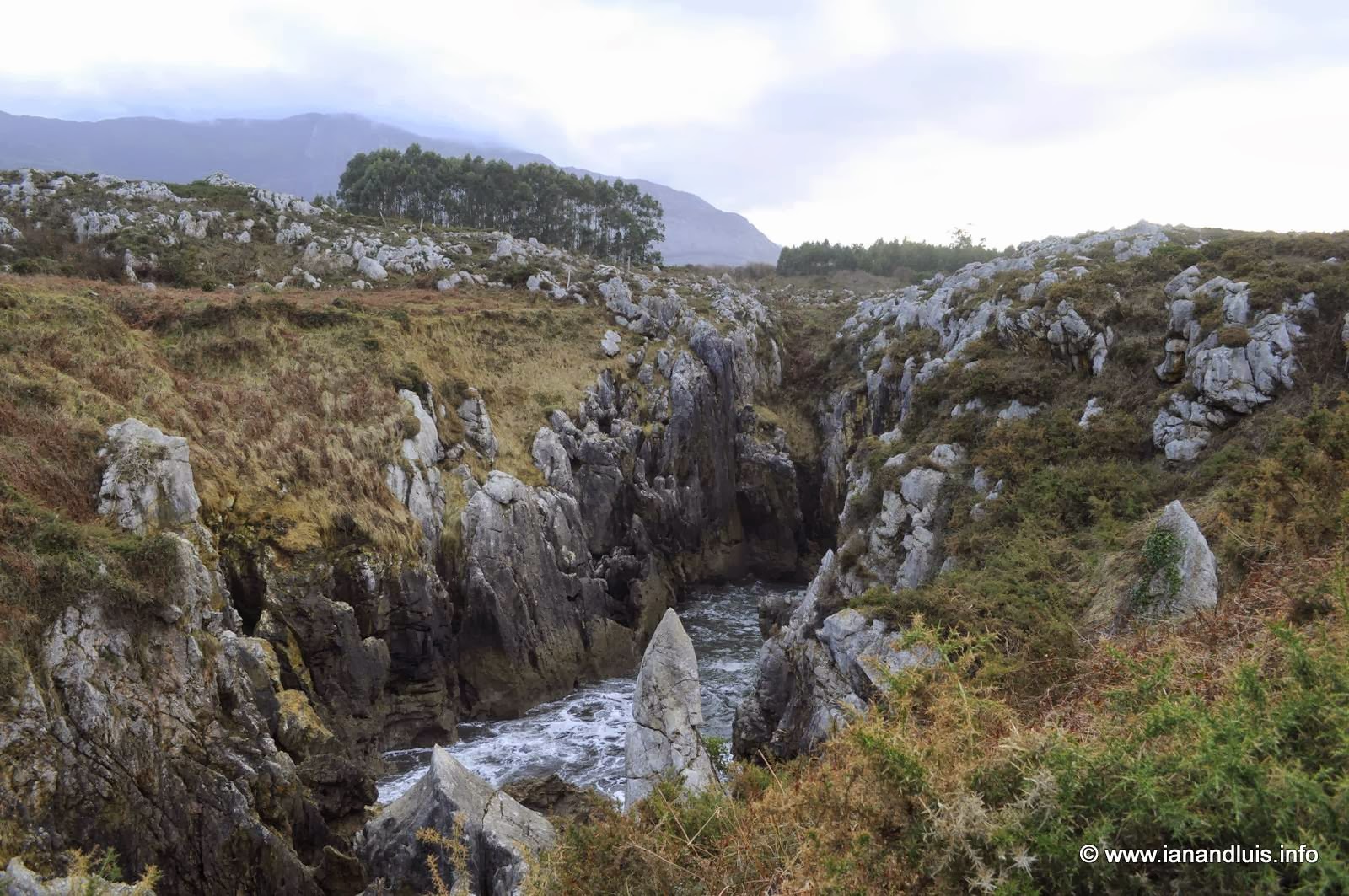Onions are a vegetable we simply adore and with the exception of last year when due to adverse weather conditions we lost the entire crop, we tend to be self sufficient throughout the year. We use lots of onions in salads, cooking and in the home-made pickles and chutneys we enjoy and share with friends and family.
Growing onions is relatively easy as they are a fairly trouble free vegetable provided that you use a rotation system so that you avoid growing them in the same spot for at least 3 years. The rotation system we follow at La Pasera means that it is on the fifth year that we plant them in the same spot. Avoiding growing them in the same spot on consecutive years helps to minimize the chances of onion fly infestation not only destroying your crop but also of your soil becoming depleted of specific nutrients.
Onions can also be susceptible to downy mildew in particularly wet seasons as it was the case here at La Pasera last year. In spite of applying a fungicide based on horse tail they failed to thrive and we lost the entire crop so this years we are hoping for a better growing season. Time will tell.
Onions can be grown from seeds sown by late September, alternatively you can buy onion plants or small bulbs (onion sets). We normally buy young onion plants at the local weekly market from a local grower who grows varieties that will better withstand our temperate but humid climate during the Summer months; besides, the little plants are already used to our local climate conditions as opposed to those grown in other parts of the country.
We grow four hundred onions, enough to see us through the season and to share with friends and family after they get strung in mid Summer. We find that the red and white onions (150 of each variety) keep very well and usually are ready to be harvested by mid July while the early ones will start cropping in May.
This year we will soon start cropping the ones the planted in November, so far they look great.
We aim to have dug the green manure in the bed where we plan on planting the onions by late January or early February. After 3 weeks we also dig in our own compost. This ensures a good supply of nutrients and will maintain soil humidity during the hotter Summer months.
We also collect some bags of very well rotted farm manure from a farmer who lives in a nearby village. This is a very crumbly and black substance with lots of worms that will provide fertility to the small onion plants and also helps to improve the soil structure.
Planting onions is a job I enjoy in spite of the effort and few hours it takes to complete. The day we plant the onions, we use some wooden planks to avoid compacting the soil by walking on it and after creating a shallow drill we add some of the well rotted farm yard manure before we water the soil with rain water we collect from the shed roof. The onions will then be gently pushed into the wet ground before their roots get covered with soil. This is the only time we will water the onions as the rain fall will provide the moisture the onions need. Local farmers say that onions are a crop that should not benefit from rain fall during August. In other words, in Asturias it is advisable to harvest the onions before August. Ours have never lasted past mid July.
This year, both Wentworth and Gawber came down the vegetable garden as I was working and provided me with a good excuse to have a break. Wentworth enjoyed rolling over the soft soil before going onto the shed's roof and Gawber filed his nails on a wild cherry tree before going hunting and coming back to present me with the land vole he had caught.
































